Tennis elbow (lateral epicondylitis)
What is a Tennis elbow (lateral epicondylitis)?
- Tennis elbow or lateral epicondylitis, is a painful condition of the elbow caused by overuse.
- Tennis elbow is an inflammation of the tendons that join the forearm muscles on the outside of the elbow. The forearm muscles and tendons become damaged from overuse — repeating the same motions again and again.
- This leads to pain and tenderness on the outside of the elbow.
- There are many treatment options for tennis elbow. In most cases, treatment involves a team approach.
- Primary doctors, physical therapists, and, in some cases, surgeons work together to provide the most effective care.
Anatomy Related to Lateral Epicondylitis
- The elbow joint is a joint made up of three bones: the upper arm bone (humerus) and the two bones in the forearm (radius and ulna). There are bony bumps at the bottom of the humerus called epicondyles. The bony bump on the outside (lateral side) of the elbow is called the lateral epicondyle.
- Muscles, ligaments, and tendons hold the elbow joint together.
- Lateral epicondylitis, or tennis elbow, involves the muscles and tendons of forearm. Forearm muscles extend wrist and fingers. Forearm tendons — often called extensors — attach the muscles to bone. They attach on the lateral epicondyle. The tendon usually involved in tennis elbow is called the Extensor Carpi Radialis Brevis (ECRB).
Which are the Causes of Lateral Epicondylitis?
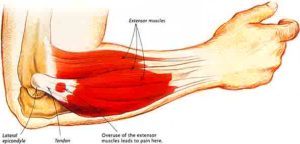
- Overuse.
- Activities.
- Age.
- Unknown.
PAIN PHASES:
- Phase 0: No pain or soreness.
- Phase 1: Soreness after activity, usually gone in twenty-four hours.
- Phase 2: Mild stiffness and soreness before an activity which disappears with a warm-up. No pain during activity, but mild soreness after activity that disappears within 24 hours.
- Phase 3: Mild/moderate stiffness and soreness plus mild pain during activity which does not alter activity.
- Phase 4: Pain during the activity which alters activity.
- Phase 5: Constant pain even at rest.
Symptoms in Lateral Epicondylitis
- Diffuse achiness.
- Morning stiffness.
- Occasional night pain.
- Dropping of objects/ weak grip strength.
- Pain with palpation of lateral epicondyle.
- Pain with active or resisted extension.
- Pain with grasping objects with the effected hand.
- Pain or tenderness on the outer side of the elbow.
- Pain when you straighten or raise your wrist and hand.
- Pain made worse by lifting a heavy object.
- Pain when you make a fist, grip an object, shake hands, or turn door handles.
- Pain that shoots from the elbow down into the forearm or up into the upper arm.
CONTRIBUTING FACTORS:
- Weak muscles.
- Overuse- playing or working with excessive and repetitive forceful gripping.
- Gripping while extending or twisting the wrist.
- Racquets/ tools that are too heavy or unbalanced.
- Improper equipment- incorrect grip size, strings too tight.
- Poor playing technique- too much wrist action, jerky strokes, poor ball contact.
Diagnosis in Lateral Epicondylitis
- X-rays.
- MRI.
- EMG.
PHYSICAL THERAPY EXAMINATION:
Cozen’s test:
- Resistive tennis elbow test: The patient sits with the examiner stabilizing the involved elbow while palpating the lateral epicondyle with a closed fist, the patient pronates and radially deviates the forearm and extends the wrist against the examiner’s resistance. A positive result would be if there is pain along the lateral epicondyle or objective muscle weakness.
Treatment of Lateral Epicondylitis
- Medication: Anti-inflammatory medication mainly NSAIDs helps to reduce pain.
- Steroid injection:
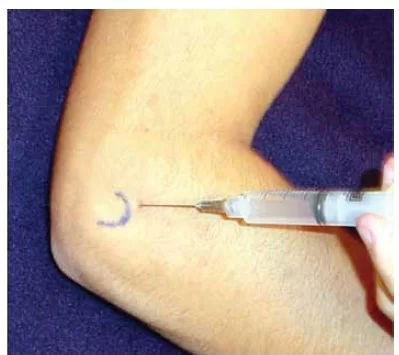
- Steroids, such as cortisone, are very effective anti-inflammatory medicines.
- Rest: You may have temporarily stopped the aggravating activity. A period of rest is most important to allow the injury a chance to heal. You will make the condition worse by continuing the activity that causes the injury, especially if you experience pain. Avoid heavy lifting or carrying opening doors or repeatedly shaking hands.
- Ice: Apply cold to your elbow three times a day for 20 to 30 minutes at a time in the early painful stage and for 20 minutes after active use of an arm. Protect skin by putting a towel between the elbow and the ice bag.
- Brace: A counterforce brace which is an elastic strap that is worn 1-2 inches below the elbow. This type of brace gives compression to the forearm muscle and helps lessen the force that the muscle transmits to the tendon.
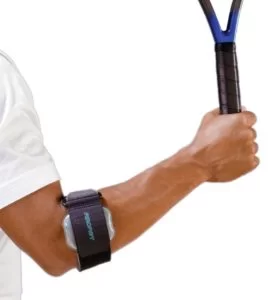
- Modalities:
- Ultrasound therapy.
- Cryotherapy.
- Laser therapy.
- Acupuncture.
- Electrotherapy.
- Deep tendon friction massage.
PHYSIOTHERAPY EXERCISES AND REHABILITATION:
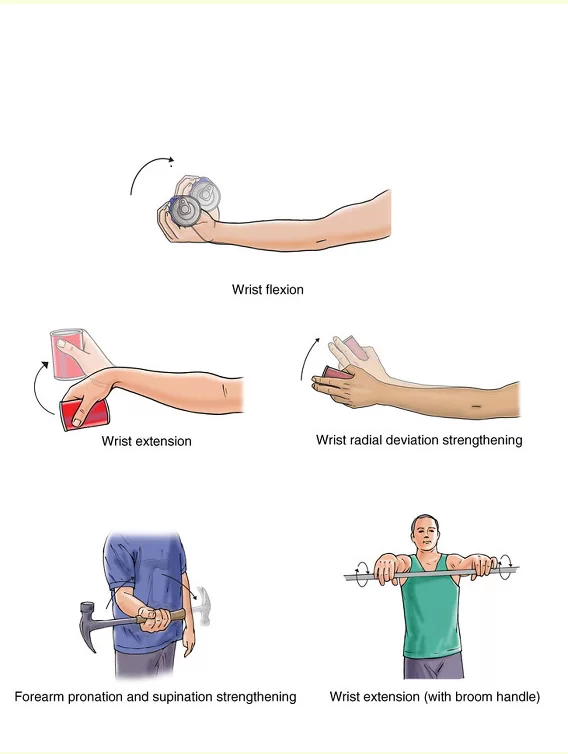
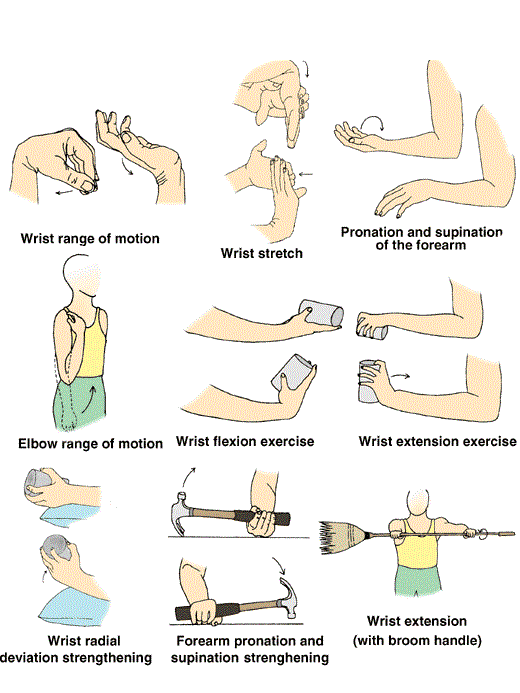
- Resisted wrist extension.
- Resisted wrist flexion.
- Resisted forearm supination and pronation.
- Wrist flexor stretch.
- Wrist extensor stretch.
- Finger extension.
- Hand squeeze.
- Wrist range of motion: Bend your wrist forward and backward as far as you can. Repeat 10 times. Do 3 sets.
- Forearm range of motion: With your elbow at your side and bent 90 degrees, bring your palm facing up and hold for 5 seconds then slowly turn your palm facing down and hold for 5 seconds. Repeat 10 times. Do 3 sets. Make sure you keep your elbow bent at 90 degrees throughout this exercise.
- Elbow range of motion: Gently bring your palm up toward your shoulder and bend your elbow as far as you can. Then straighten your elbow out as far as you can. Repeat 10 times. Do 3 sets
- Forearm pronation and supination: Hold a soup can or hammer handle in your hand, with your elbow bent 90 degrees. Slowly rotate your hand with palm upward and then palm down. Repeat 10 times. Do 3 sets.
- Wrist extension: Stand up and hold a broom handle in both hands. With your arms at shoulder level, elbows straight, and palms down, roll the broom handle backward in your hand as if you are reeling something in using the broom handle. Repeat for 1 minute and then rest. Do 3 sets.
- Wrist strengthening:
- (1) Wrist flexion: Holding a soup can or hammer handle with your palm up, slowly bend your wrist up. Slowly lower the weight and return to the starting position. Repeat 10 times. Do 3 sets. Gradually increase the weight of the can you are holding.
- (2) Wrist extension: Holding a soup can or hammer handle with your palm down, gently bend your wrist up. Slowly lower the weight and return to the starting position. Repeat 10 times. Do 3 sets. Gradually increase the weight of the can you are holding.
- (3) Wrist radial deviation: Hold your wrist in the sideways position with your thumb up. Holding a can of soup or hammer handle, gently bend your wrist up with your thumb reaching towards the ceiling. Slowly lower to the starting position. Do not move your forearm throughout this exercise. Repeat 10 times. Do 3 sets.
- Elbow rehabilitation program:
- A gradual progression of the exercises is extremely important. Although they may seem easy at first you must follow the enclosed steps closely to prevent an increase or re-aggravation of your symptoms.
- Before beginning the strengthening exercises you should warm-up your body to a light sweat. Try 3 to 5 minutes of brisk walking, cycling, jogging, etc.
- Do exercises only once a day: more is not better and can re-aggravate your symptoms. Wear the Counter-Force brace if advised by your therapist or if you experience pain while performing the exercises. Do each exercise at its own rate. You will achieve higher weights faster on some exercises than others. Do each exercise properly and slowly do not work through peavierain.
- Stage 1 exercises:
- Keep your elbow bent to 90 degrees. If this is painful lean forward and bend your elbow even more. Your forearm should be well supported on your thigh or a table.
- Begin with no weight, doing 10 to 15 repetitions for each exercise.
- Slowly progress the repetitions in sets of 10, every few days as your elbow allows until you are comfortably doing 3 sets of 10 repetitions for 2 consecutive days without increasing your symptoms.
- Increase to a one-pound weight (a small can of soup works well). Go back to 10 to 15 repetitions for each exercise.
- Slowly work up to 3 sets of 10 repetitions again.
- Increase to a two-pound weight and again cut back to 10 to 15 repetitions.
- Slowly progress to 3 sets of 10 repetitions.
- Continue this gradual progression until you are using a three-pound weight for 3 sets of 10 repetitions without increasing your symptoms.
- Progress to the next stage as able.
- Stage 2 exercises:
- Rubber band and squeeze exercises:
- Begin with your elbow bent at your side and progress by performing the exercises with your arm straight out in front of you as able. You should do these two exercises several times a day, every day. It is a good idea to have a ball and rubber band in convenient places like in your car, at your desk, or on the television. Be careful not to overdo these exercises as they can increase your pain.
- Ice after exercises.

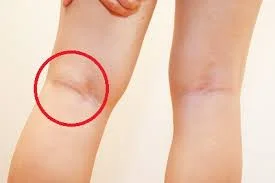
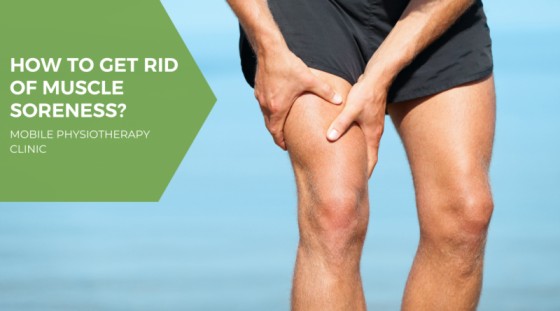
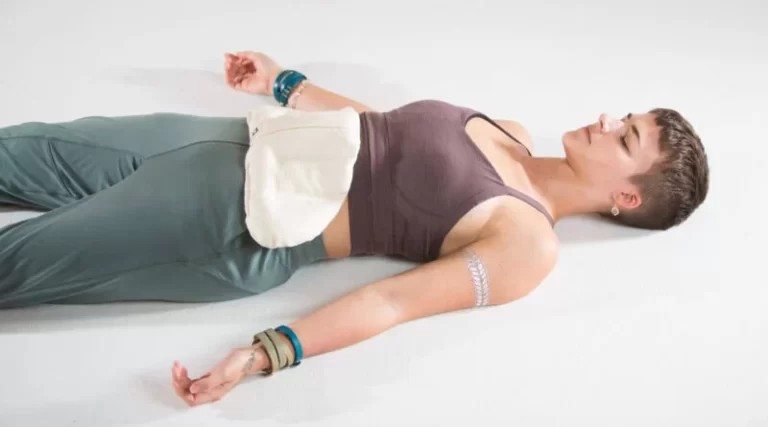

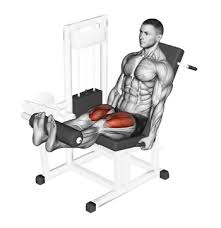

17 Comments